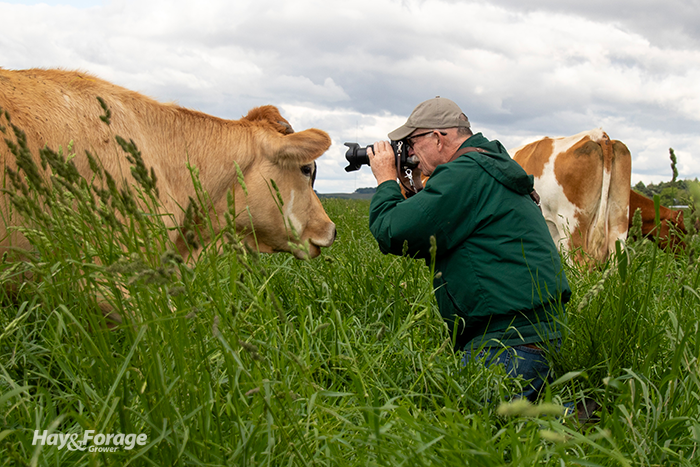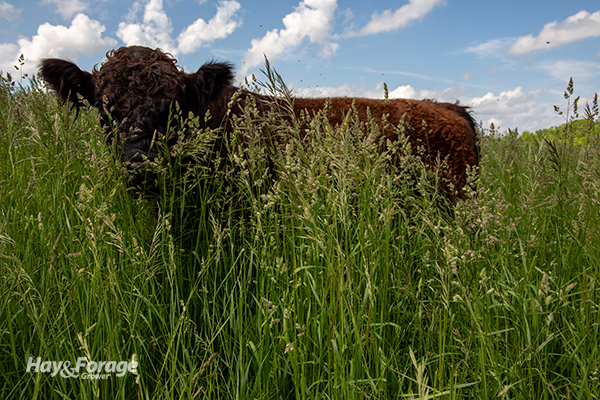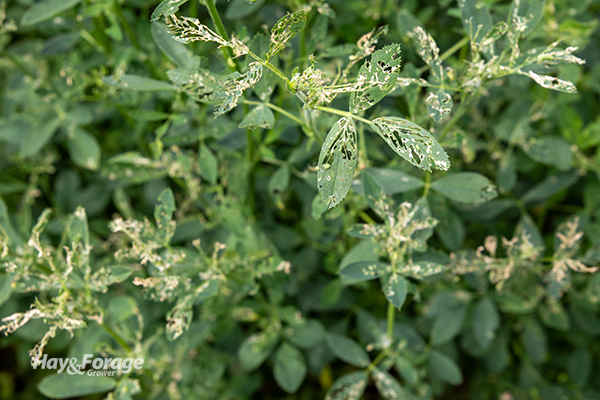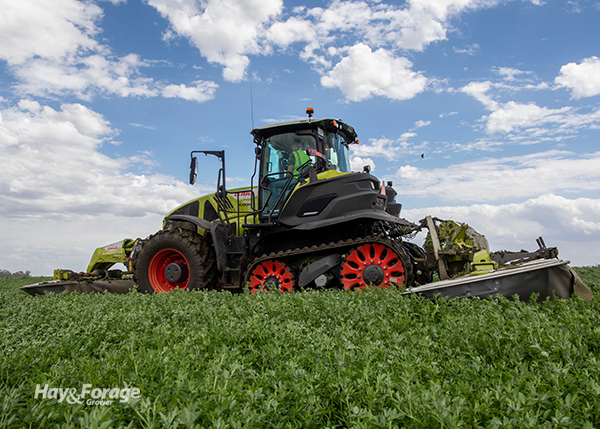
Writing is something ag journalists do at the office. We enjoy it; otherwise, we wouldn’t be in this profession. To be honest, though, what really gets the journalistic juices flowing for most of us is getting out on farms and capturing the essence of an operation in both pictures and — eventually — words.
Here at the W.D. Hoard & Sons Company, the editors of Hay & Forage Grower, Journal of Nutrient Management, and Hoard’s Dairyman make it a point to travel to farms throughout the year. We value face-to-face interviews and taking our own photos. In addition to these individual editorial junkets, the entire editorial staff and interns pile into a couple of cars each spring and take a four- or five-day road trip, hopping from farm to farm in a selected state or area. In house, it’s affectionately known as “The Photo Trip.”
The primary purpose of this venture is to build our photo data bank with new images, and these comprise many of the pictures you see in every issue of our magazines, electronic newsletters, and on our websites. We typically also come home with several farm feature stories. In addition, this trip provides a great means to measure the present “State of the Farm” as the growing season begins, as farmers we talk to are often willing to share their current challenges and successes.
This past week, members of our editorial team spent four days in Minnesota, visiting both dairy and beef operations. We came back with hundreds of photos and a few recorded interviews. We also heard plenty of recurring themes and challenges that I’m sure resonate in other states as well. Here are just a few of the observations we made as they relate to the forage enterprise.
It’s wet
At some point each day, we needed to employ the windshield wipers, and on several occasions, third gear was required. Most of the larger dairies in southern Minnesota were done chopping hay, but that wasn’t the case as we moved north and for commercial haymakers looking for a window of four or more dry days.
First-cutting alfalfa yields this spring were reported to be superb. Several farmers raved about what they had harvested or was yet to be harvested.
A couple of northern dairies and custom forage harvesters we visited were cutting on the days we were there. Although the alfalfa wasn’t excessively mature, the fields were wet and the plants lodging was a problem. It wasn’t an ideal situation, but neither was waiting.

desirable experience.
Most of the corn was out of the ground, measuring 4- to 10-inches tall, but there was also a lot of ponded water in low areas. It was certainly a potential set up for soil denitrification.
Spring flush on full display
With plenty of moisture, all of the dairy and beef grazing operations we visited had ample pasture growth. The paddocks being grazed were lush and high yielding, but most grasses were headed out, so quality was rapidly on the decline. There were still plenty of paddocks yet to be grazed in the same condition. All of this was in contrast to last year when extended dry weather had already set in by early June and continued through the month. Most of the farmers we talked to much preferred the current situation.

The evil weevil
Alfalfa weevils were evident across Minnesota, just as they have been over a large swath of the U.S. Damage was seen in almost every field that wasn’t sprayed earlier for control. Where fields had recently been cut, farmers were spraying regrowth as larvae were chewing as fast as plants were greening. Alfalfa weevil appears to be moving north as some farmers told us the pest wasn’t a problem or had never been seen in their fields until recent years; however, most indicated that this was one of the worst years they had ever experienced.

Flotation nation
Although not discussed, it was my observation that many farmers are making a sincere effort to “float” their forage harvesting equipment across fields as much as possible. We saw multiple pieces of equipment — from tractors to wagons to trucks — equipped with either larger/wider tires or tracks. In most cases, this was done primarily to mitigate compaction and plant damage, but in the wet field conditions we witnessed, physical damage to the field was also being minimized.


